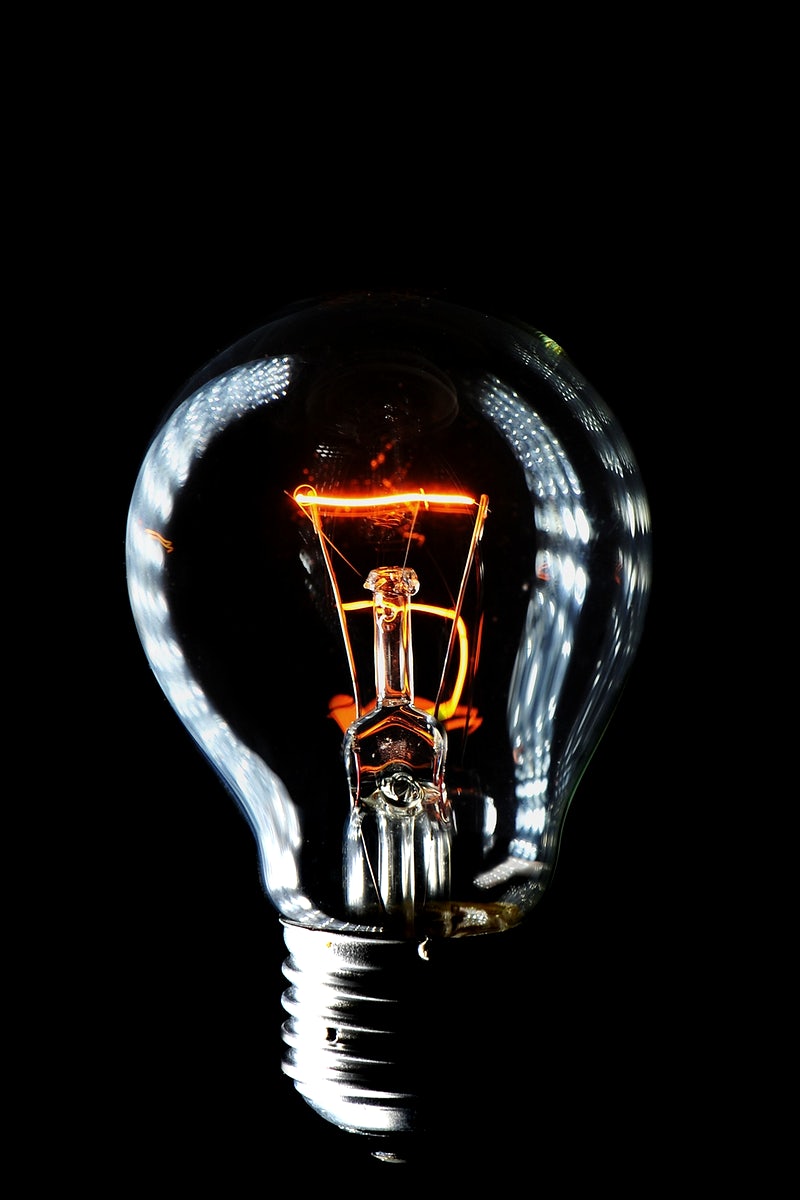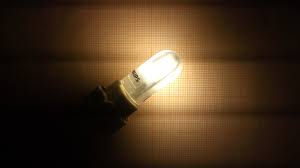What is the meaning of when the lights at your house start to flicker? Although there are a few harmless issues in playing, flickering lights signals aren’t something to take as a matter of course. They’re often signs of a severe electrical problem that needs immediate attention from a professional. Today, we’re looking at the most frequent causes of this problem to let you know the problem you’re facing and who to contact to get assistance. Are you ready to know more? Let’s get started.
What are the main reasons for flickering lights?
A flickering light incident can result from various issues, some of which don’t warrant serious worry. The most essential 5 issues that can cause them to behave in this manner comprise:
- There is a problem with the lightbulb (e.g., incorrect bulb type for the dimming device or a broken socket).
- A light switch that is not working correctly or fixture switch.
- An untidy connection between the outlet and light plug.
Furthermore, if you use appliances that require a significant current to start, The resulting voltage drop could cause the lights to flash. Examining your lighting can determine whether any of these issues could be causing the problem. Sometimes, you need to put the bulb in slightly tighter or ensure that the light is connected more securely to the socket on your wall. Although these issues could be due to the circumstances, they’re not the norm. The flickering lights are more of a sign of a more significant issue. Let’s examine five common reasons.
1. A Circuit Overloaded
The flashing when the appliance’s power is turned on isn’t always a problem. It can occur in the most efficient electrical systems in which larger loads are equipped with separate circuits. However, it’s worth a look at whether the flickering is:
- Consistent
- Extreme
- Persistent
In this instance, the problem could lie related to the appliance and not your lighting. In the case of having bearing problems, the motor is likely to be forced to pull more current when it’s starting. A circuit could be suffering from sensory overload. Instead of checking the circuit by yourself and figuring out the problem yourself, you should engage a professional electrician to perform the task.
2. Electric Utility Service Issue
Suppose you live in a community that is shared an electrical transformer with other homes. It means that the electric supply is connected to loads of their neighbors.
If someone in the street is engaged in a lot of electrical activity, this could make your lighting blink. If this isn’t happening or your light bulbs are flickering in their residence, the problem may be related to your utility provider. An electrician can help you determine the best time to call them for an appointment to repair.

3. The fluctuating electrical voltage
If you are using a 120-volt standard circuit, your home will be able to read between 115 and the 125-volt range if you have a voltage meter and want to check the reading for yourself. If it is over 125 volts, this could be the reason why your lights are flashing. There are various reasons that the electrical voltage in your home may be too high. The majority of the time, it is a technical issue and indicates significant problems in the electrical system. Other indications of the issue are the unpredictable dimming of the light and frequent burning outs.
The excess voltage could pose an unsafe risk for your home and can cause the occurrence of an electrical emergency. Therefore, you must contact an electrician to identify the issue promptly.
4. Poor, dated wiring connections
It is estimated that the National Fire Protection Association (NFPA) estimates that 67 percent of home fires result from lighting or electrical distribution equipment that can be traced to wiring problems. In addition to the fact that the outdated and loose wiring makes your lights flicker, it could also be extremely hazardous. If there is a weak connection to an outlet, light, or switch box, the connection could cause a condition known as the arcing. This occurs when the electrical current moves across the spaces in the connection, “jumping” as it does.
Each arc may exceed 10,000° Fahrenheit and typically ignite the ignition of an electric fire. If you’ve made no adjustments or modifications in your electric system and haven’t noticed any flickers, the wiring may be loose and the cause. Many locations can cause problems. in the system where a loose connection, arcing or overheating could pose a fire risk. Call for electrical assistance as soon as possible to avoid a disastrous electrical fire or total loss of electricity in your house.
- A fixture with loose wiring.
- A malfunctioning switch.
- Over-worn breakers box connectors.
- The loose service conductors are located within the primary electric panel.
Unstable wiring isn’t something you need to be concerned about.
Read More: A Detailed Guide About What MCC panels Are And What Are The Main Components?
Get in touch with an electrician as quickly as you can if you suspect that this could be the cause the lights are flashing. If you notice only one light flashing and believe that the wiring may be faulty, ensure that you turn off the light at the circuit breaker before examining the circuit. Also, it is best to have your electrician take care of this task.
5. Main Problems with Connection
There may be lighting flickering across just the areas around your home. Perhaps, you can observe it throughout. If this is the case, you should immediately get an electrician in touch. If this is happening without rhyme or explanation, it could indicate more to the story and a deeper issue regarding the primary meter box connection. It could also be related to the service cable you connect to. In either case, it’s better to leave it to an electrician to handle these wires with a high capacity.
Is it possible to fix the flickering light yourself?
It could be a minor problem, but the flickering light can quickly become a significant issue. A single loose wire could be enough to start an electrical fire or trigger an electrical fire throughout the whole home. If you’ve observed yours being affected, don’t attempt to find out or fix the problem yourself. These electrical connections are risky and should be handled only by trained, experienced electricians.
What are the side effects of flickering lights?
Flickering lights can signify a more serious electrical issue, but they can also cause various side effects in individuals exposed to them. One of the most common side effects of flickering lights is eye strain, which can lead to headaches, fatigue, and blurred vision. Flickering lights can also trigger migraines and seizures in some individuals, especially those with photosensitive epilepsy. Additionally, exposure to flickering lights can cause irritability, anxiety, and stress, which can affect mental health.
Flickering lights can also decrease productivity and concentration, especially in environments such as workplaces and schools. The constant distraction from flickering lights can result in decreased focus and attention, leading to reduced performance and efficiency. Furthermore, flickering lights can cause dizziness, disorientation, and loss of balance, especially for individuals with vestibular disorders.
FAQs
Apart from this, if you are interested to know more about What Is DC Motor? then visit our TECH category.





